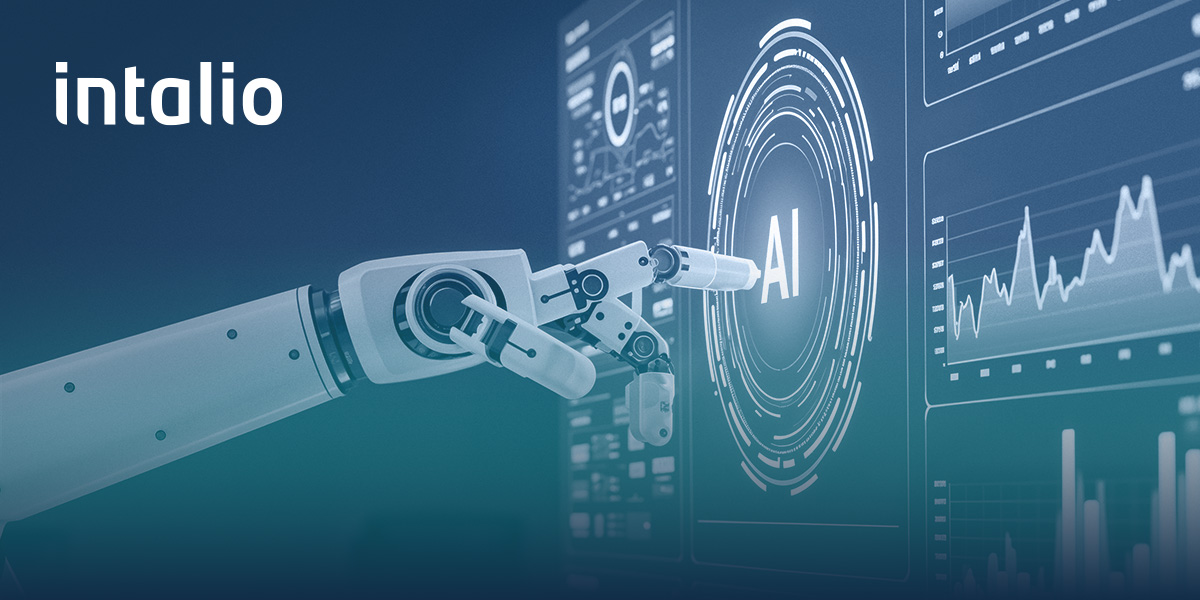Organizations today need to make timely and accurate decisions on the daily. Often, teams at modern organizations think the solution to their problems is having access to more data, but that isn’t really the case. A lot of data today is unfortunately siloed in production systems and platforms or lost in email threads. What teams really need is a way to centralize this data such that it’s available for decision-making at all times without any delays. AI and machine learning dashboards can do just that.
Rather than manually sifting through spreadsheets or relying on static reports, teams now use machine learning-powered dashboards that surface insights as they happen. These dashboards aren’t just visual—they’re built on intelligent systems that adapt to changing patterns in real time.
Moving Beyond the Traditional Dashboard
Conventional dashboards serve as a snapshot, often limited to old results. In most cases, these dashboards are only good enough to provide a general overview of information that has been stored for a certain period of time. This may include trends on how data has changed over time or even some basic projections based on said data.
While helpful, this kind of information is generally not enough for most organizations.
Today’s businesses need to analyze data and trends to find out how their processes can be improved. For instance, if the marketing team of a software company notices that people aren’t spending a lot of time on their blogs or website, their analytics tool should give them suggestions on how to improve the content and minimize bottlenecks so that readers remain interested and sign up for a demo.
Machine learning systems can help with just that. Instead of simply displaying data, they learn from it. Over time, they recognize trends, flag anomalies, and even recommend actions based on what’s worked in the past. This turns data from a retrospective tool into one that guides your strategies in real time.
Let’s say you manage inventory across multiple regions. A traditional dashboard might show a spike in product demand, but a machine learning dashboard doesn’t stop there. It correlates that spike with similar past events, predicts potential supply shortages, and triggers alerts for teams to respond—before the problem materializes.
Why Machine Learning and AI Models Are Better at Forecasting
While programs for machine learning are trained on historical patterns, they have the ability to refine their responses based on new information. This allows them to offer insights that evolve with the changing needs of your business.
These data models become even more valuable when they can integrate with other systems in the organization. Revisiting the example of the marketing department, if the machine learning dashboards also have access to customer relationship data, it might be possible to suggest potential upsell opportunities and reduce bottlenecks in conversion. The result? Decisions that aren’t just fast—they’re smarter and more reliable.
When dashboards are part of larger intelligent systems, they no longer function as isolated tools. They integrate with data pipelines, content services, and process automation platforms to create a full feedback loop. Such systems aren’t just analytical—they’re proactive. They use AI ML systems to move from passive reporting to predictive action, helping organizations stay ahead of the curve in fast-changing sectors.
Customization for Real-World Needs
One of the biggest strengths of these dashboards is their adaptability. While traditional dashboards offer generic reports, enterprise dashboards powered by machine learning allow for granular customization and adaptability. Whether it’s IT, finance, or legal, each team or department’s dashboards can be fully customized with metrics and KPIs that matter the most to them, and suggestions that make operational sense.
For instance, when using a machine learning dashboard, a logistics company can design it such that they prioritize delivery delays, customs clearance issues, and warehouse capacities. Instead of bombarding every person with the same information, different teams will have the option to view only the insights most relevant to their role.
Since these dashboards are intuitive and scalable, new models can easily be created and deployed without rebuilding the entire system. This modular approach keeps enterprises agile while ensuring they’re grounded in accurate, ongoing data analysis.
Real-Time Decision Making in Action
The impact of enterprise-grade insights is clearest when decisions must be made quickly and across teams. During emergency response scenarios, for example, machine learning dashboards help coordinate logistics, assess resource needs, and highlight gaps—all within a unified view.
In retail, real-time dashboards adjust pricing or reorder levels based on real-time foot traffic or inventory data. In finance, they monitor portfolio risk with up-to-the-minute trading and market behavior.
These aren’t futuristic use cases. They’re active today in systems that rely on dashboard machine learning as a central intelligence layer. And as businesses move toward greater automation and integration, the demand for responsive, intelligent machine learning dashboards will only grow.
What to Look For in a Machine Learning Dashboard
Not all dashboards are created equal. When evaluating dashboard tools for your organization, look for platforms that offer:
- Seamless integration with your existing systems and data sources
- Transparent machine learning models that provide explainable outcomes
- Custom views and permission-based access for different roles
- Real-time alerts and recommendations triggered by live data streams
- Easy scalability as your data volume and business needs expand
Above all, your dashboard should work as an extension of your decision-making process—not a replacement. It should support human judgment by presenting the clearest possible picture, backed by data that evolves alongside your operations.
Final Thought
Machine learning dashboards have moved far beyond their role as simple reporting tools. They’re now active participants in how modern enterprises understand performance, manage risk, and seize opportunities. With AI systems built into their core, these dashboards help translate data into decisions—instantly, intelligently, and at scale.
Ready to bring real-time intelligence to your operations? Request a demo to find out how you can implement machine learning data models and dashboards with Intalio Insight.









